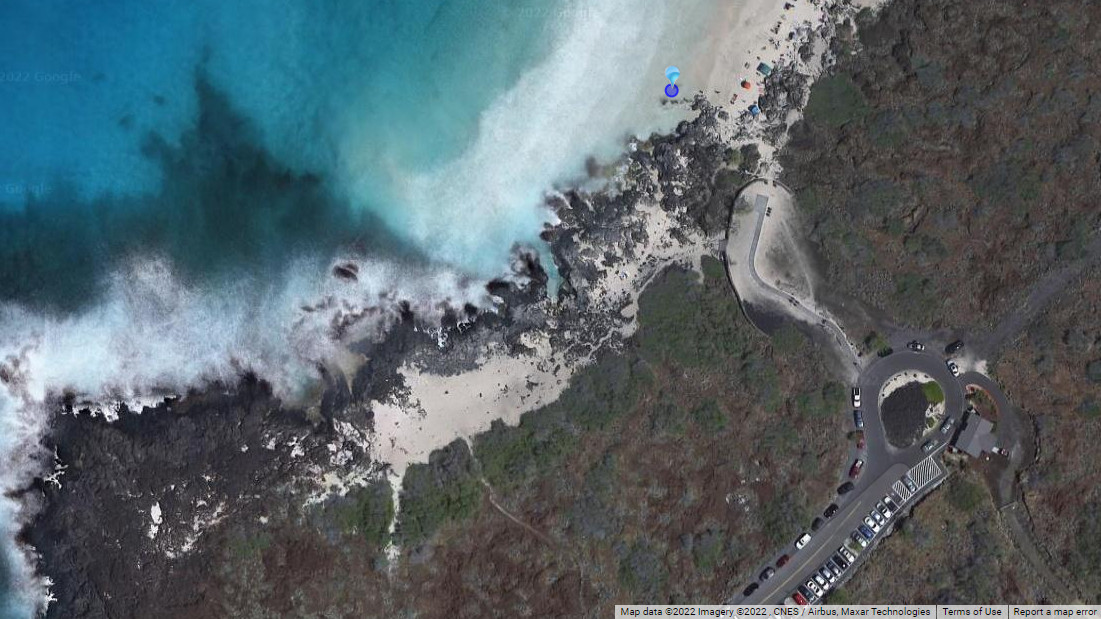UPDATE – (3:45 p.m. on Friday, October 7)
- Two popular Kona beach parks have maintained a High Bacteria Count Advisory – first posted on Thursday -after a “a follow-up sample could not be collected,” the Hawaiʻi health department reported.
- A water quality exceedance of enterococci at Kua Bay was detected (levels of 2005 per 100 mL) during routine beach monitoring.
- Also, a water quality exceedance of enterococci at Kona Coast Beach Park was measured (levels of 306 per 100 mL) during routine beach monitoring.
- The two notifications issued on Thursday for Kailua Pier Sta. D and Kailua Pier Sta. A-1 were canceled on Friday, after sample retesting results show that enterococci levels no longer exceed the threshold level.
It should be noted that the health department on Thursday also stated it was “uncertain about the representativeness of the first sample(s)” taken at Kua Bay and Kona Coast Beach Park, because the beaches have both “historically met the acceptable beach threshold level, and there is no known source of fecal contamination.” Kua Bay and Kona Coast Beach Park – unlike the two locations at Kailua Pier – were not retested today.
The Hawaiʻi Department of Health provided this general information for both the Kua Bay and Kona Coast Beach Park bacteria count notifications on Friday:
The Department of Health Clean Water Branch provides beach monitoring and notification through its beach program. The advisory for this beach is posted because testing for enterococci indicate that potentially harmful microorganisms such as bacteria, viruses, protozoa, or parasites may be present in the water. Swimming at beaches with pollution in the water may make you ill.
Children, the elderly, and people with weakened immune systems are the most likely populations to develop illnesses or infections after coming into contact with polluted water, usually while swimming. Fortunately, while swimming-related illnesses can be unpleasant, they are usually not very serious – they require little or no treatment or get better quickly upon treatment, and they have no long-term health effects.
The most common illness associated with swimming in water polluted by fecal pathogens is gastroenteritis. It occurs in a variety of forms that can have one or more of the following symptoms: nausea, vomiting, stomachache, diarrhea, headache or fever. Other minor illnesses associated with swimming include ear, eye, nose and throat infections. In highly polluted water, swimmers may occasionally be exposed to more serious diseases.
Not all illnesses from a day at the beach are from swimming. Food poisoning from improperly refrigerated picnic lunches may also have some of the same symptoms as swimming-related illnesses, including stomachache, nausea, vomiting and diarrhea. At any given time and place, we are constantly exposed to a variety of microorganisms that have the potential of making us ill.


by Big Island Video News3:47 pm
on at
STORY SUMMARY
KONA, Hawaiʻi - The advisory has been maintained for Kua Bay and Kona Coast Beach Park, but the two sites at Kailua Pier have been cleared.